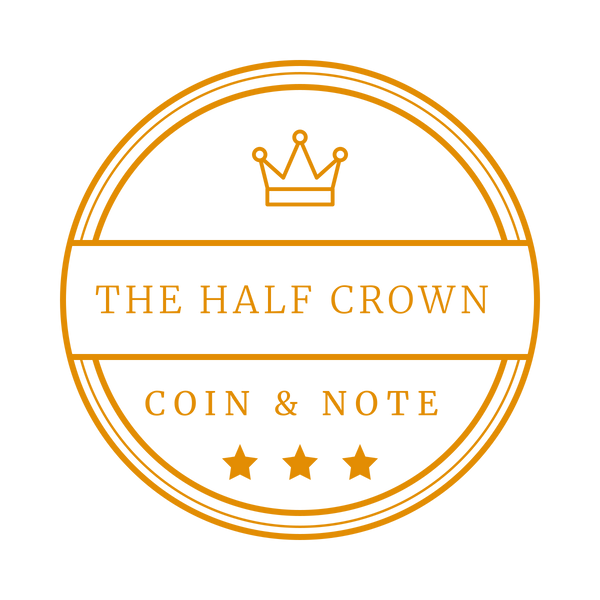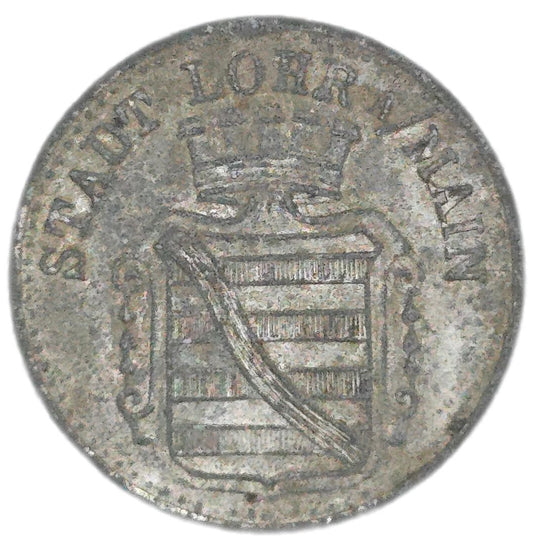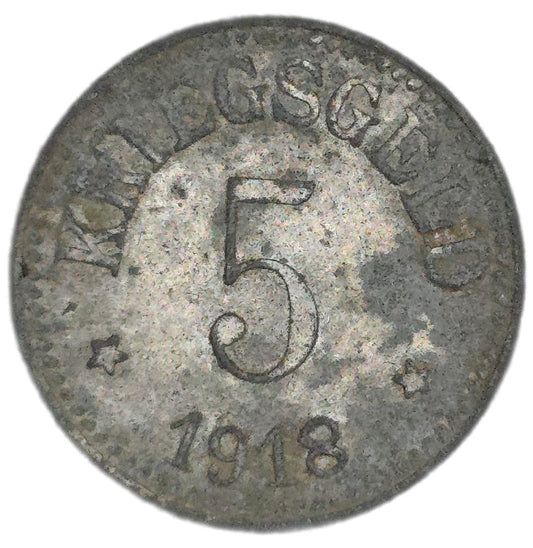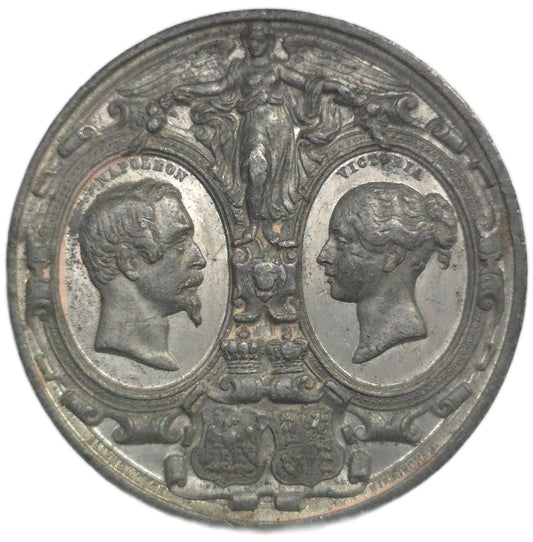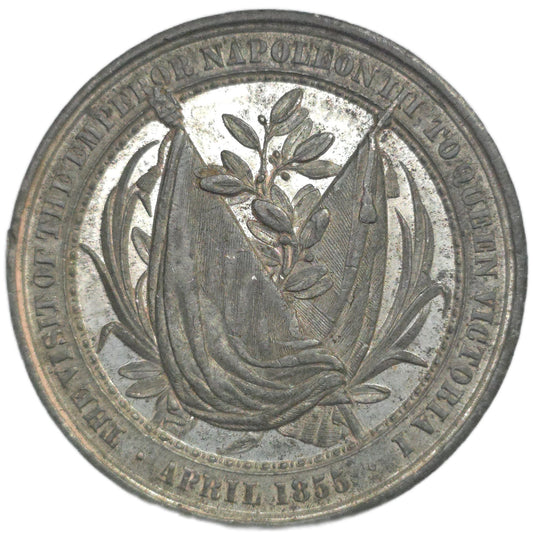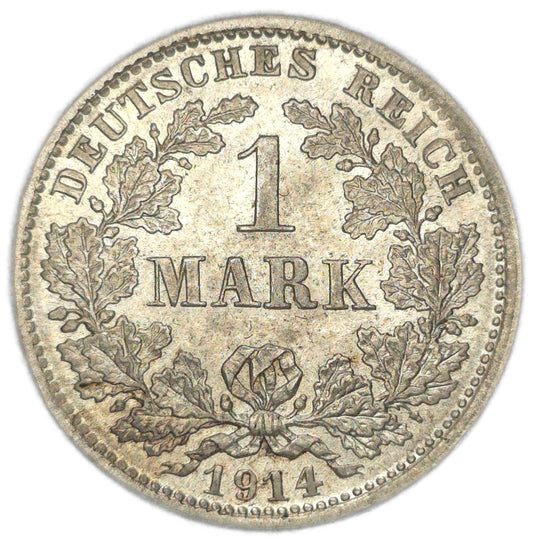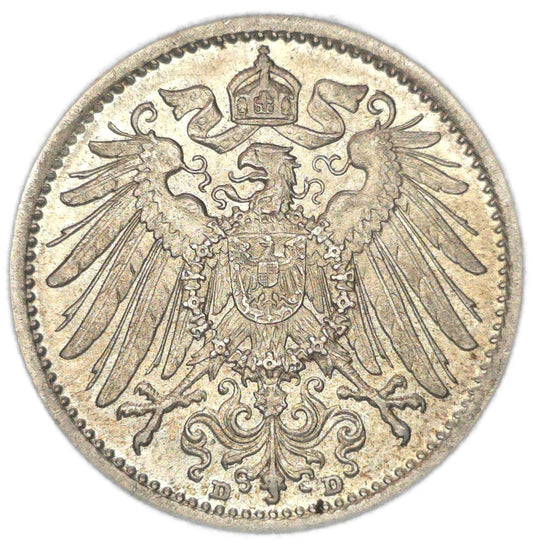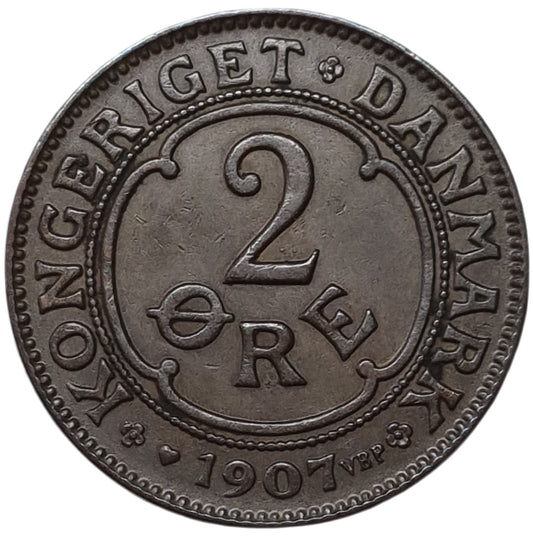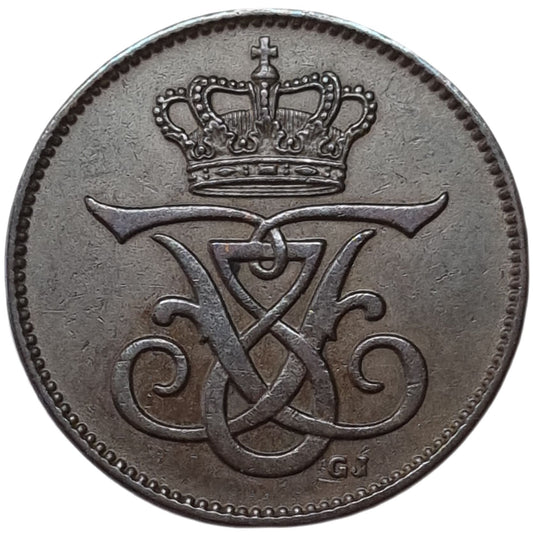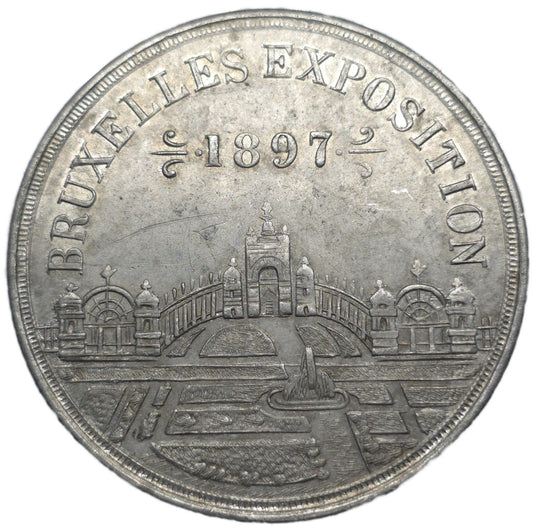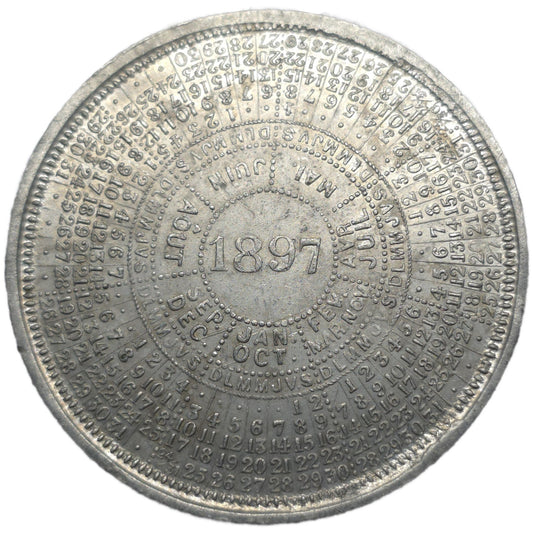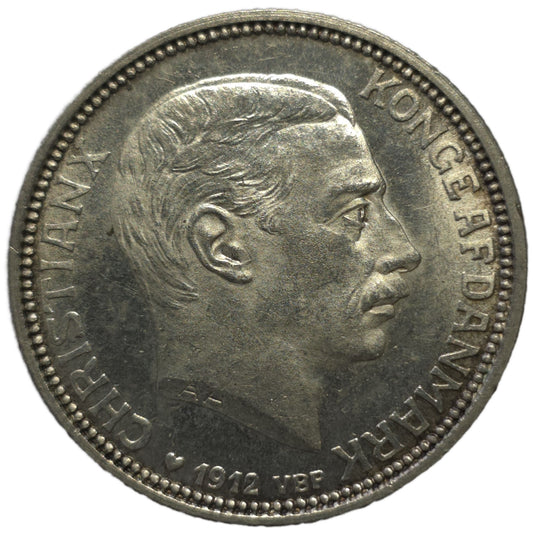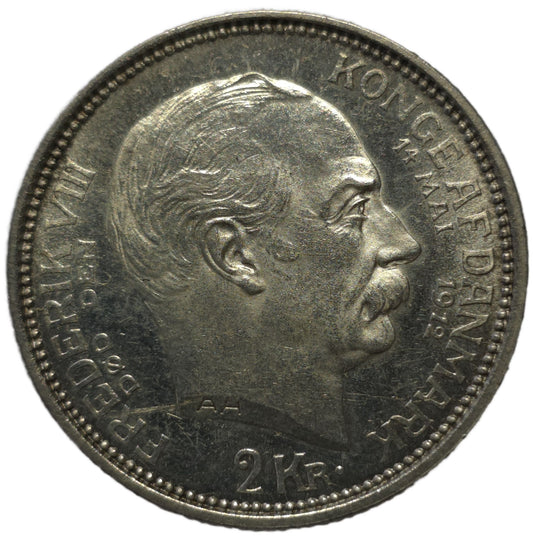Collection: European Coins
-
1918 Germany 5 Kriegsgeld, Notgeld Emergency Money
Regular price $8.00 NZDRegular priceUnit price / per -
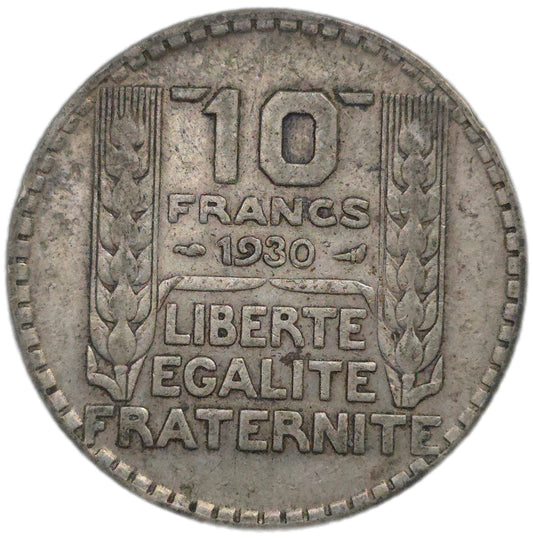
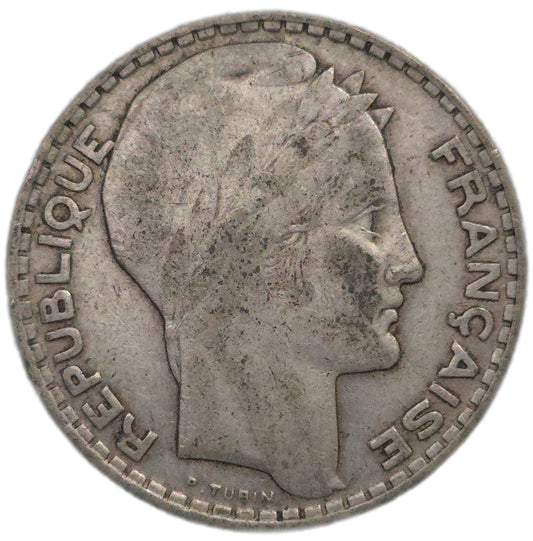 Sold out
Sold out1930 France 10 Francs
Regular price $18.00 NZDRegular priceUnit price / per -
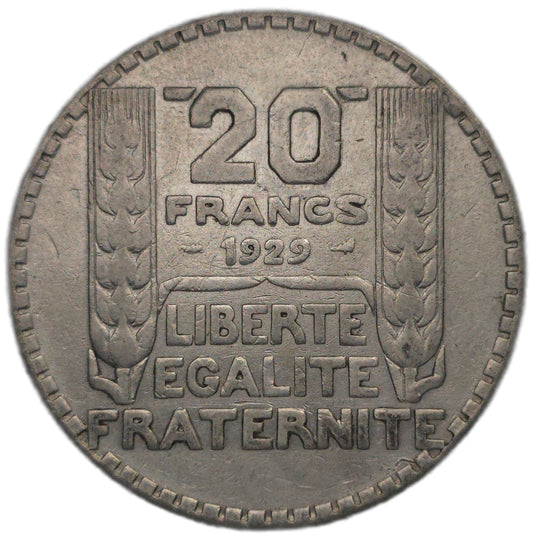
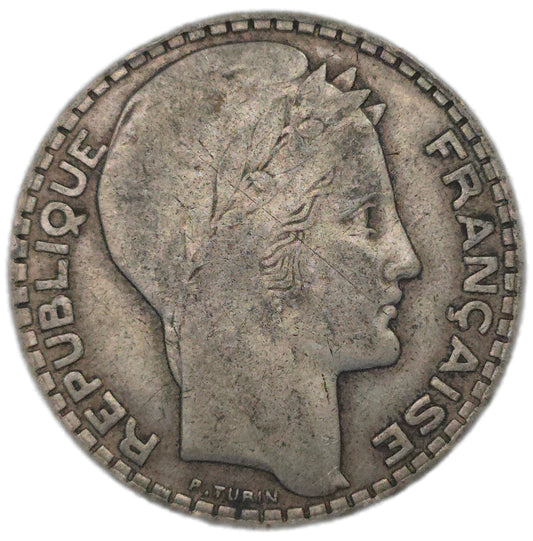 Sold out
Sold out1929 France 20 Francs
Regular price $35.00 NZDRegular priceUnit price / per -
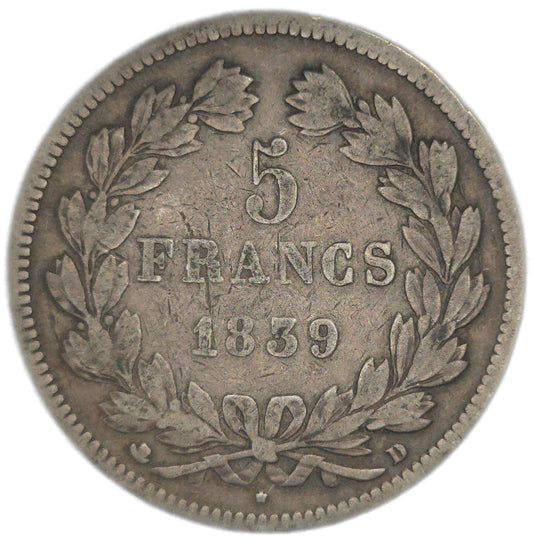
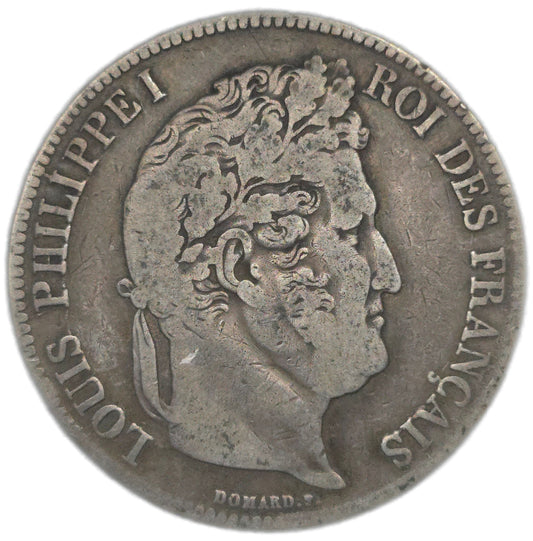 Sold out
Sold out1839 France 5 Francs
Regular price $60.00 NZDRegular priceUnit price / per -
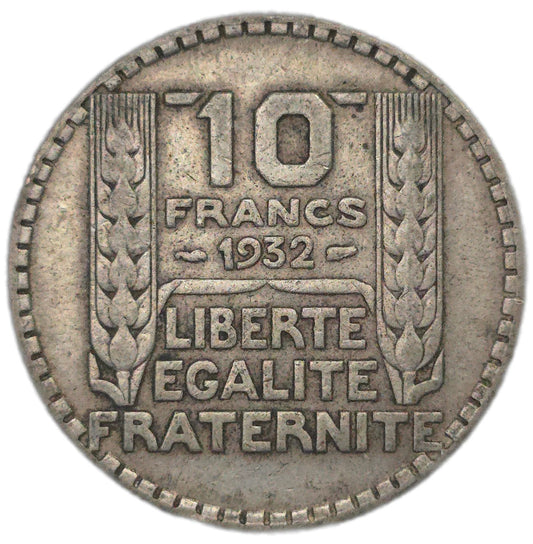
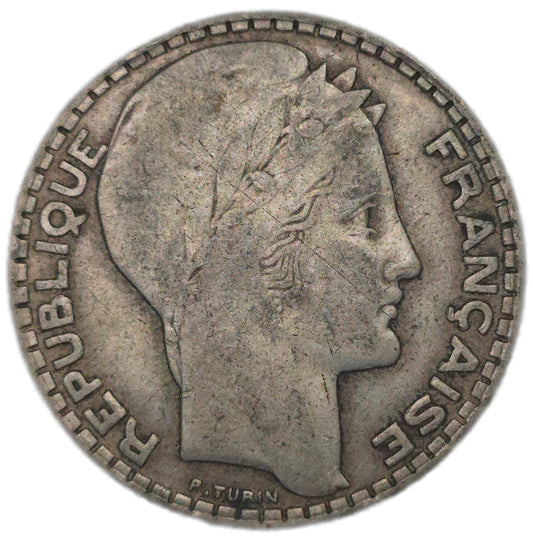 Sold out
Sold out1932 France 10 Francs
Regular price $18.00 NZDRegular priceUnit price / per$0.00 NZDSale price $18.00 NZDSold out -
1855 Napoleon III & Queen Victoria Medal
Regular price $65.00 NZDRegular priceUnit price / per -
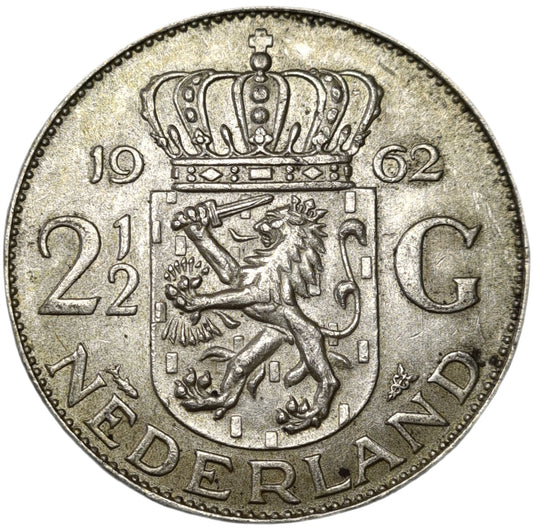
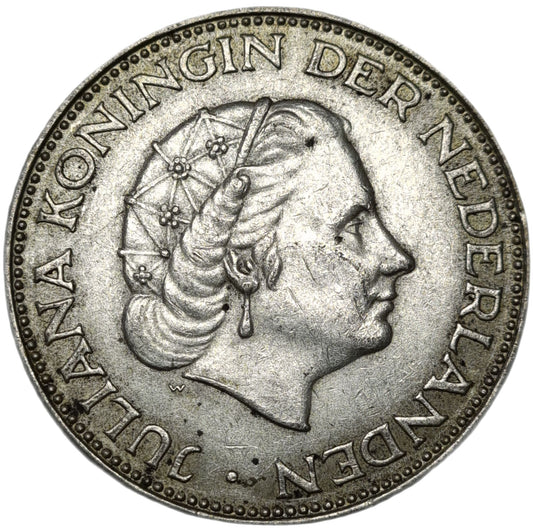 Sold out
Sold out1962 Netherlands 2 1/2 Gulden
Regular price $40.00 NZDRegular priceUnit price / per -
1914 Germany 1 Mark, Uncirculated
Regular price $30.00 NZDRegular priceUnit price / per$0.00 NZDSale price $30.00 NZD -
1907 Denmark 2 Ore
Regular price $20.00 NZDRegular priceUnit price / per -
1897 Brussels International Exposition
Regular price $50.00 NZDRegular priceUnit price / per -
1912 Denmark 2 Kroner
Regular price $50.00 NZDRegular priceUnit price / per -
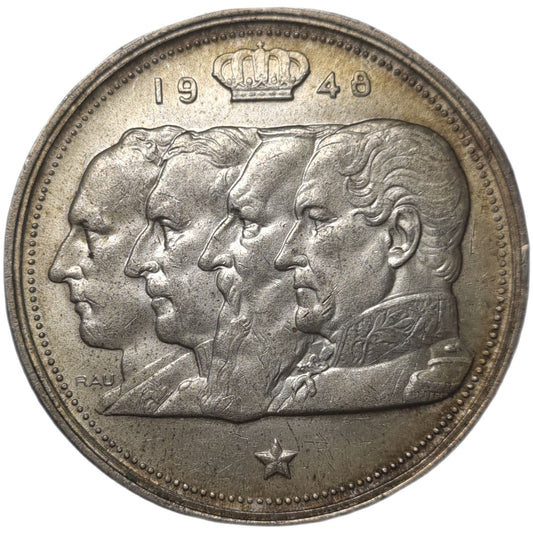
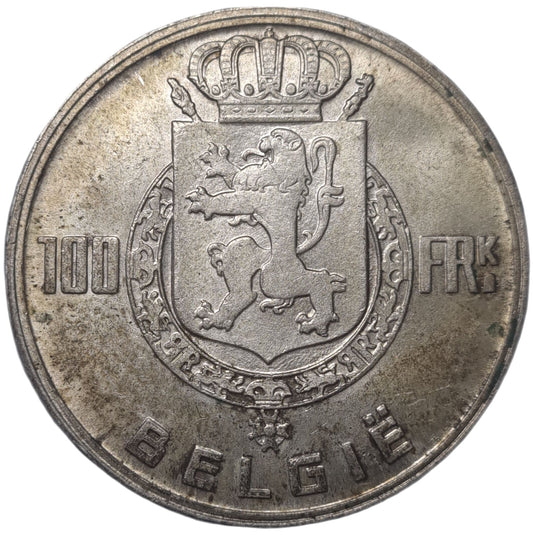 Sold out
Sold out1948 Belgium 100 Francs
Regular price $40.00 NZDRegular priceUnit price / per
European Coins
As your trusted Christchurch coin dealer, we invite you to explore our selection of European Coins. Every item is backed by our authenticity guarantee and safely shipped with full insurance.
From the late Middle Ages to the early 20th century, European coinage evolved dramatically, mirroring the continent's political and economic shifts. Initially, gold coins like the florin and ducat became key for international trade, standardizing commerce. As nations consolidated power, they replaced local currencies with national coinage. The influx of silver and gold from the Americas in the 16th and 17th centuries, particularly with the Spanish Milled Dollar, further standardized global currency. The Industrial Revolution brought steam-powered presses, creating uniform, difficult-to-counterfeit milled coins that were a significant improvement over earlier hammered coins. This led to the mass production of lower-denomination copper coins for the new working class. By the early 20th century, decimalization and the widespread adoption of the gold standard set the stage for modern national currencies, completing the journey from medieval money to standardized systems.
